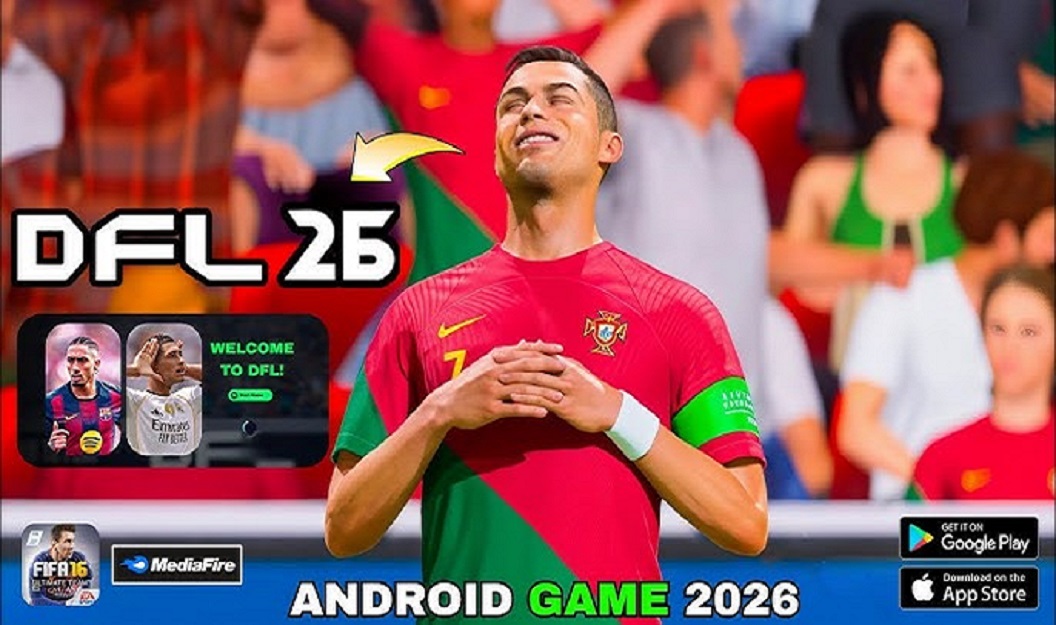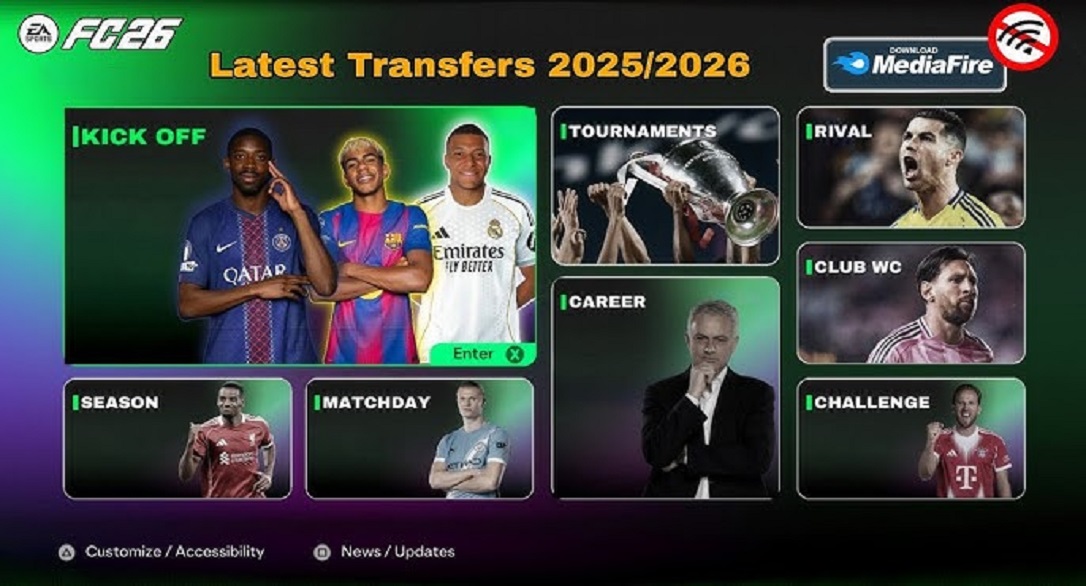Introduction
In the world of DFL 2026 APK, success isn’t won solely on match day — it begins long before kickoff, in how you assemble and manage your squad. Whether you’re aiming for league dominance, cup glory, or mastering special events, having an optimal roster gives you the edge. This guide digs deep into the art and science of squad building: roles, balance, chemistry, transfers, and growth.
Squad Systems in DFL 2026
Squad Size, Registration & Limits
Before signing players, know your constraints. Many mobile football/manager games limit the total roster slots (active + bench). Also, you might face restrictions such as foreign player quotas, nationality/league rules, or positional limits (for example, a maximum number of forwards or defenders). Understanding these ensures you don’t waste resources on unusable players.
Key Metrics & Attributes to Watch
Each position demands specific stats. For instance:
-
Goalkeepers: reflexes, positioning, diving
-
Center backs: marking, tackling, aerial strength
-
Fullbacks: pace, crossing, stamina
-
Midfielders: passing, vision, work rate, stamina
-
Attacking players: dribbling, finishing, off-the-ball movement
Also consider secondary attributes like aggression, composure, stamina, agility — these give shape to how your player performs under pressure. Finally, many games have chemistry, morale, and form systems: keeping those high can amplify a player’s output or stunt it if ignored.
Roles & Position Breakdown
Goalkeeper & Defenders
A top-tier goalkeeper is essential. Even if he doesn’t make spectacular saves, consistency and reliability count. In defense, you’ll want a balance:
-
Center backs: One more physical/tall CB for aerial duels, one more mobile/tactical CB to cover ground.
-
Fullbacks / wing-backs: Depending on your tactics, you want fullbacks who can overlap and help in attack — but also track back well. Versatility (playing both left/right) is a bonus.
Midfielders
Midfield is where matches are often won or lost:
-
Defensive midfield / anchor: Protects the backline, breaks attacks, recovers possession.
-
Central / box-to-box: A link between defense and offense; stamina and passing are key.
-
Attacking midfield / wings: Creativity, dribbling, crossing, vision — these players can generate chances and assist forwards.
It’s smart to have midfielders that can rotate between roles (e.g. a central mid who can occasionally drop back or push forward) to adapt to changing match demands.
Forwards & Strikers
When building forward options:
-
Primary striker: Could be a poacher, target man, or complete forward depending on your system.
-
Supporting forwards / wingers: Use pace, off-the-ball runs, and versatility to switch flanks or drop deeper.
Having alternate attacking options ensures your offense isn’t predictable.
Building a Balanced Core & Depth
Core XI vs Rotation Squad
Your best 11 should carry the majority of big matches — they’re your core. But depth is equally important: injuries, fatigue, or competitions will force you to rotate. Ideally, for every starting spot, you have a competent backup. That way, even when rotating, performance stays solid.
Age & Growth Potential
A mature squad of veterans might perform now, but decline in future seasons. Blend youth prospects who can grow over time. Use scouting to spot high-potential players, and plan a timeline for when to phase out aging members. Don’t delay — you want smooth transitions, not emergency replacements mid-season.
Chemistry, Morale & Synergy
Many games reward squads whose players “gel.” Chemistry or morale might boost passing accuracy, shot quality, or defense reliability. To optimize this:
-
Pair players from the same league, nationality, or club if possible.
-
Avoid overhauling your roster too frequently — sustained stability helps chemistry.
-
Use vice-captains or role models to help new signings integrate.
Transfer Strategy & Market Moves
Your transfer decisions should be strategic:
-
Use loan deals when you lack immediate funds but need reinforcement.
-
Time your buys: off-season is safer, while midseason you risk chemistry disruption.
-
Don’t just buy the highest-rated — look for bargains, value deals, and players who will improve or resell well.
-
Offload redundant players to free up roster space and budget.
Training, Upgrades & Attribute Focus
A well-balanced squad also depends on internal improvement:
-
Focus training sessions on weaker stats (e.g. improving stamina or defensive awareness).
-
Prioritize upgrades—don’t spread resources thin.
-
If the game supports improving staff, facilities, or youth academy, invest where returns are highest (often youth development or stamina zones).
Tactical Compatibility & Squad Fit
A great squad must match your tactical philosophy:
-
If your style is high-pressure, you’ll want quick, aggressive players.
-
If you prefer possession, you need composure, passing, vision.
-
Resist the temptation to shoehorn star players whose attributes don’t fit your system — they might underperform.
Having players adaptable to multiple formations gives you flexibility to respond to opponents.
Common Mistakes to Avoid
-
Loading one position with stars while leaving weak spots elsewhere
-
Neglecting bench strength and backups
-
Chasing hype signings without checking fit or cost
-
Disrupting chemistry by frequent wholesale changes
-
Holding onto aging players past their peak
Sample Squad Build
Let’s imagine a hypothetical setup:
-
Early season, you start with a modest team: identify weak areas (say, left back and attacking midfield) and target affordable upgrades.
-
You sign a young left back with growth potential and a creative midfielder on loan.
-
Core stays intact; you rotate the new signings gradually to preserve chemistry.
-
Mid-season, your star striker picks up fatigue — your secondary forward steps in seamlessly.
-
In the later stage, you offload a mid-30 veteran and bring in a youth prospect for the bench.
-
Over a couple of seasons, your squad evolves naturally, always with balance and growth in mind.
Conclusion
Building the optimal DFL 2026 squad is a long-term strategy, as well as matchday tactics. Focus on: Balance across all positions, Mix of youth and experience, Cohesion and stability, Fit to your tactical style, Smart transfers and training. Don’t rush things. Watch performance trends, adjust gradually and persevere through the difficulties. Over time, you will build a squad capable of winning consistently, winning trophies and creating a legacy.


